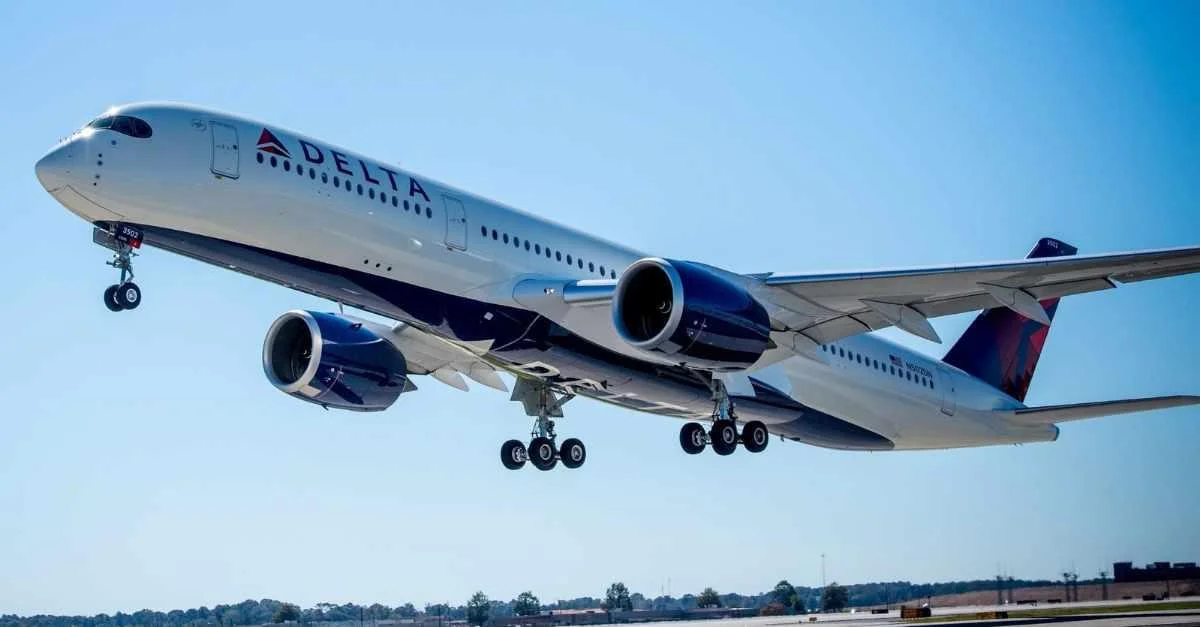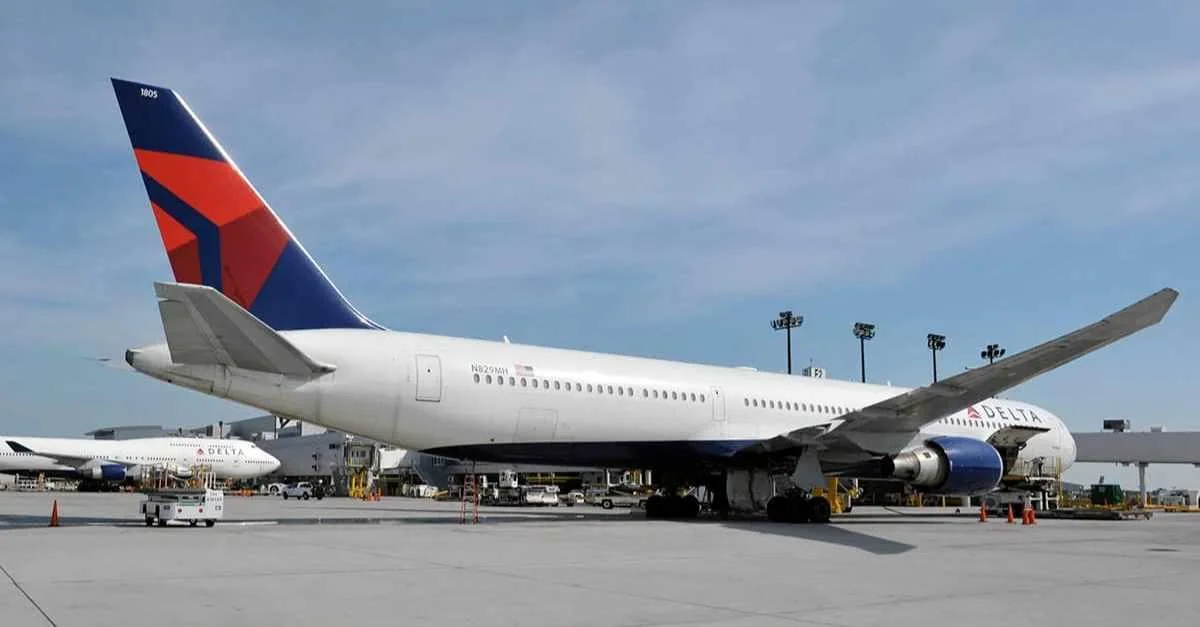FlightGlobal's 2024 report indicates that the Russian Air Force operates around 240 MiG-29s, including six upgraded MiG-35 variants. Despite being largely retired from frontline service in Russia, MiG-29s remain active in several countries worldwide.
The Su-27 Flanker is being phased out of Russian service, with FlightGlobal estimating 365 Su-27/30/35 models still in use by the Russian Air Force. However, the actual number may be lower due to losses and retirements.
North Korea already operates aging MiG-29 Fulcrums alongside an eclectic mix of older Soviet-era aircraft. The addition of MiG-29s and Su-27s would enhance its air force capabilities. However, given the advanced technology possessed by potential adversaries like the United States and South Korea, these older jets may not significantly alter regional power dynamics.
In recent developments, thousands of North Korean soldiers have reportedly been deployed to Russia's frontlines without direct combat engagement. Additionally, North Korea has supplied ballistic missiles and artillery shells crucial for sustaining Russian operations.
"The top U.S. officer in the Pacific says Russia has reached an agreement with North Korea to send MiG-29 and Su-27 fighter aircraft to Pyongyang in return for that nation deploying soldiers to help with Moscow’s invasion of Ukraine," reported Aviation Week.
Admiral Paparo noted that while there is limited third-party evidence of North Korean involvement on the ground in Russia, they are not currently engaged in active combat roles.
North Korean artillery shipments have become vital for maintaining Russian firepower, supplying nearly half of Russia's annual artillery shell needs according to reports from The Times and The Economist.
In conclusion, while North Korea provides substantial military support to Russia through artillery supplies and personnel deployment, it remains unclear how beneficial receiving older fighter jets will be against technologically superior adversaries.
 Alerts Sign-up
Alerts Sign-up




































